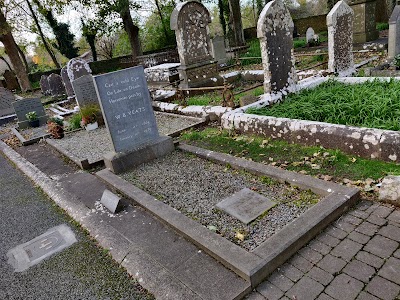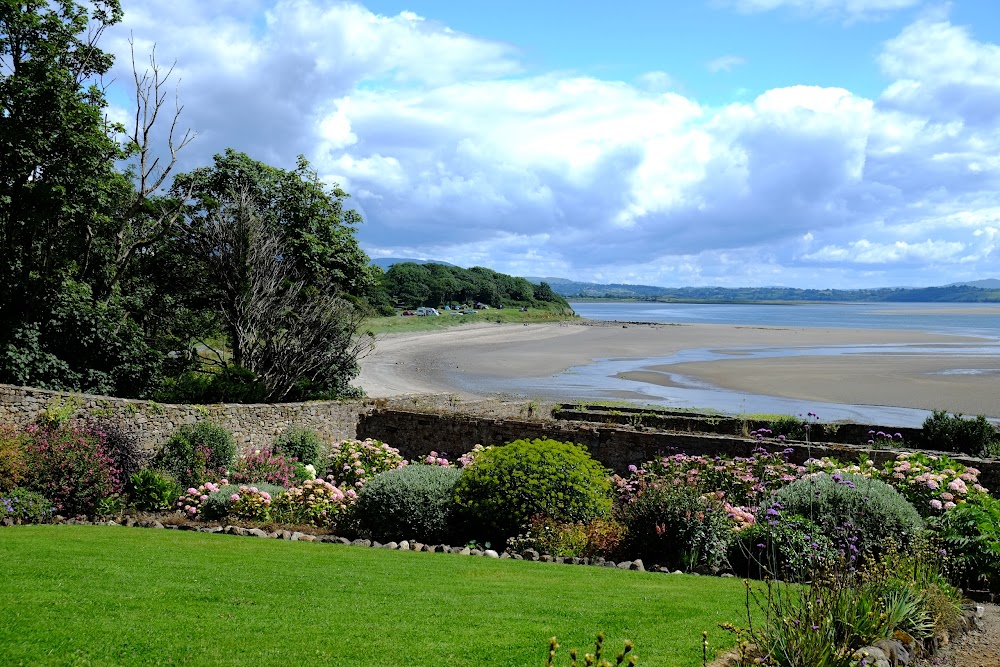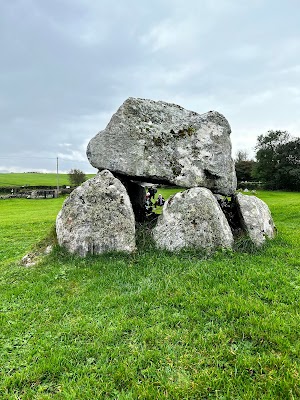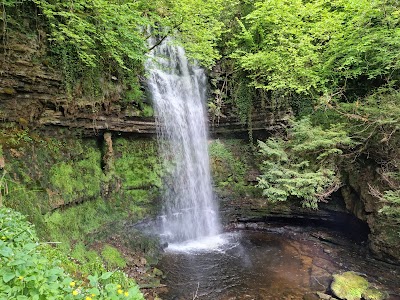Carrowmore Megalithic Cemetery (Reilig Mheigiliteach Cheathrú Mhór)
Overview
Carrowmore Megalithic Cemetery, nestled in the breathtaking landscapes of Sligo, Ireland, is one of the oldest and largest collections of megalithic tombs in Europe. Dating back to around 3700 BCE during the Neolithic period, this ancient site offers a fascinating glimpse into the early human communities that thrived in this region, showcasing the remarkable art of stone construction that flourished during this time.
Spanning approximately 1.5 square miles, Carrowmore boasts around 30 megalithic tombs, though it is believed there were originally over 60. The tombs vary in design, with the most prominent structures being dolmens—large flat stones supported by upright stones, forming chambers or passages. Surrounding many of these tombs are smaller satellite structures, enhancing the complexity and intrigue of the site.
At the heart of Carrowmore lies Listoghil (Tomb 51), a large cairn featuring a central chamber made of massive stones, all covered by a mound of smaller stones. A remarkable discovery during excavations in 1991 revealed a stone slab adorned with ancient carvings, believed to originate from the Neolithic period. This find significantly enriches our understanding of the art and culture of the time.
One of the most captivating facets of Carrowmore is the impressive technical skill displayed in the transport and positioning of the massive stones. Considering the limited tools available to Neolithic communities, the construction likely relied on techniques such as leverage, rolling on logs, and the cooperation of many individuals. The stones were sourced from local glacial erratic boulders, showcasing the resourcefulness of these ancient builders.
Carrowmore is part of a wider prehistoric landscape that includes other significant sites, such as Knocknarea, where the legendary Queen Maeve’s Cairn is located. The alignment of these tombs suggests a potential cultural or ceremonial link, underscoring the importance of this area to its ancient inhabitants.
Archaeological excavations have unearthed a wealth of information about the people who constructed and utilized these tombs. The burial sites have revealed cremated human remains, ranging from children to adults, alongside stone tools, pottery, and personal ornaments like shell pendants. These artifacts illuminate ritualistic burial practices and provide insights into social hierarchies and daily life during Neolithic Ireland.
Another unique aspect of Carrowmore is the evidence of continuous human activity in the area over millennia. Initially utilized by Neolithic communities, the site was revisited during later periods, including the Bronze Age and early Medieval times. This ongoing use highlights the sustained spiritual or cultural significance of Carrowmore throughout the ages.
The preservation and discovery of Carrowmore are largely attributed to modern archaeological efforts, which began in earnest in the 19th century. While early investigations were somewhat destructive, later scientific methods have introduced more care and precision into the study of the site. Ongoing conservation initiatives continue to protect the megaliths, ensuring that future generations can appreciate these monumental relics of prehistory.
Today, Carrowmore Megalithic Cemetery stands as a protected national monument and an invaluable educational resource, attracting visitors and scholars from around the globe. The site offers guided tours, an informative visitor center, and engaging exhibits that provide essential context and understanding of this ancient wonder.
Carrowmore serves not only as a window into Ireland's ancient history but also as a testament to the ingenuity and spirit of the people who once called this land home. The silent stones, standing resolute through the centuries, tell a profound story of life, death, and the enduring legacy of human culture.









